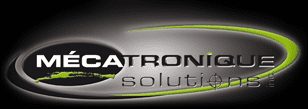Discover how machine vision systems elevate medical imaging and diagnostics.
In today's fast-paced manufacturing landscape, ineffective task management can lead to costly delays and errors. Without the right tools, manufacturing teams often struggle to meet quality assurance and process efficiency demands. This is where machine vision systems become essential.
These systems automate inspections, enhance product quality, and optimize operations. By integrating machine vision technology, you can reduce manual errors and boost productivity.
Envision a solution that meets your operational needs while fostering innovation and collaboration within your team. With machine vision systems, you can ensure your manufacturing processes are efficient and effective.











